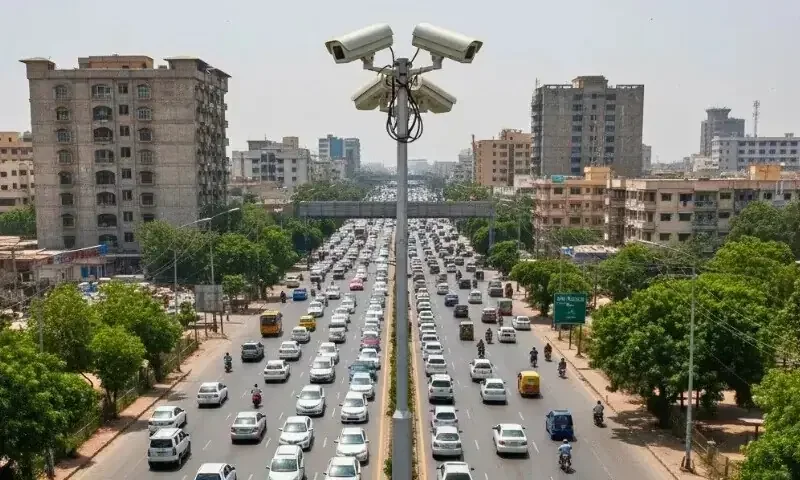A daring daylight robbery at the Louvre Museum in Paris has sparked renewed debate about how mathematical principles could strengthen museum security. In just eight minutes, thieves used a mechanical platform to reach a first-floor balcony, cut through a window, and escaped with eight priceless crown jewels from the Napoleonic era. The heist, described as one of the most audacious in France’s recent history, has left the nation questioning how such a theft could occur in one of the world’s most heavily guarded museums.
French authorities have arrested seven suspects, but investigations continue to focus on how the intruders evaded detection for so long. During a Senate hearing after the robbery, Louvre director Laurence des Cars admitted that the museum had “failed to protect” the crown jewels. She revealed that the only surveillance camera monitoring the balcony was facing the wrong way and that one in three rooms in the Denon wing—where the theft occurred—had no camera coverage at all. Budget cuts had also reduced the number of security personnel, creating vulnerabilities across the museum. Des Cars emphasized the need for a complete overhaul of the surveillance system to ensure the museum can “look everywhere.”
Despite alarms functioning properly, the Louvre incident marked the third major art theft in France within two months, prompting the culture ministry to implement new nationwide security measures. Yet, as museums grapple with complex and costly upgrades, a 50-year-old mathematical idea known as the art gallery problem may hold the key to more efficient security planning.
Formulated in the 1970s, the art gallery problem explores how to determine the minimum number of guards—or cameras—needed to monitor every point in a museum. By treating the museum’s floor plan as a polygon with straight walls and corners, mathematicians can calculate optimal camera placement to eliminate blind spots. The rule is simple: divide the number of corners by three, and the result gives the minimum number of 360-degree cameras needed to cover the entire space.
For example, a gallery with 15 corners would require five cameras (15 divided by three), while a 20-corner room could be monitored with no more than six cameras. This principle, discovered by Czech mathematician Václav Chvátal in 1973, was later proven elegantly by mathematician Steve Fisk in 1978 through a technique known as “three-coloring.” Fisk’s proof involved dividing the gallery into triangles and coloring each vertex with one of three colors—red, yellow, or blue. Since each triangle includes all three colors, cameras placed at the vertices of just one color can monitor the entire space, minimizing the number of cameras needed.
In practice, this means that modern security systems equipped with omnidirectional cameras can achieve full coverage with fewer devices—an efficient strategy for museums with limited budgets. For buildings with right-angled walls, like many of the Louvre’s galleries, a single camera can often monitor an entire rectangular room.
Des Cars also admitted that the Louvre’s perimeter cameras do not fully cover the building’s exterior, a weakness that allowed the thieves to approach undetected. Mathematical variations of the art gallery problem, known as the “fortress problem” or “prison problem,” extend these principles to outside walls, helping determine optimal placement of surveillance systems around building exteriors.
While improving camera coverage is vital, internal threats remain a concern. The British Museum in London, for example, suffered internal thefts in recent years, including a missing Cartier ring valued at £760,000 and gems allegedly sold online by an employee. Museums must also protect collections from vandalism, fire, and environmental damage—risks that extend beyond theft alone.
The art gallery problem, however, offers applications far beyond museum security. In robotics, it helps autonomous systems avoid collisions and navigate complex spaces efficiently. In urban planning, it informs the placement of mobile towers, sensors, and pollution detectors to ensure full coverage. Disaster management teams use similar models to deploy drones or field hospitals strategically, while computer vision and stage lighting systems apply the same geometric principles to optimize visibility.
Though the Louvre has not commented on whether it plans to apply mathematical solutions to its security strategy, the recent heist underscores how theoretical geometry can have real-world implications. As museums and galleries worldwide reassess their defenses, the half-century-old art gallery problem serves as a powerful reminder that sometimes, the smartest security solutions begin not with technology—but with mathematics.




































